I dropped a database from SQL Server, however it turns out that my login was set to use the dropped database as its default. I can connect to SQL Server Management Studio by using the 'options' button in the connection dialog and selecting 'master' as the database to connect to. However, whenever I try to do anything in object explorer, it tries to connect using my default database and fails.
Does anyone know how to set my default database without using object explorer?



